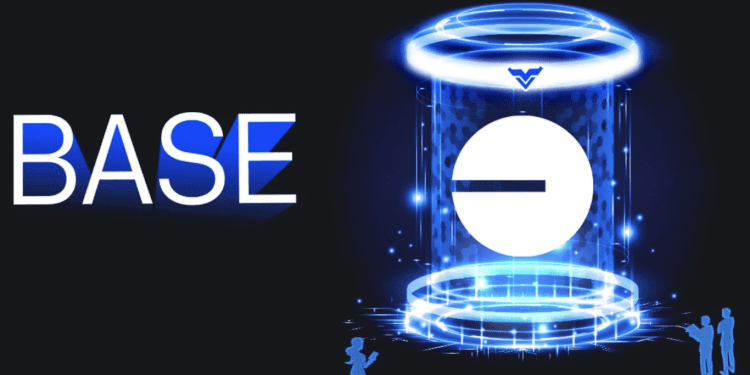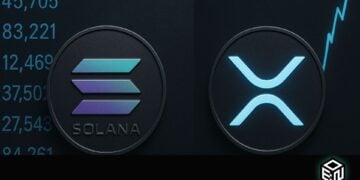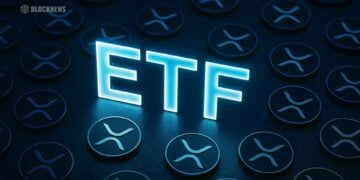- The BALD token, a newly launched meme coin on Coinbase’s Ethereum layer-2 scaling solution Base, saw an astronomical rise, reaching a market cap of $70 million within 24 hours.
- A few early investors made massive returns, with four addresses turning 0.534 ETH (about $1,000) into 554 ETH ($1.04 million).
- The surge was followed by a significant crash, with the token losing 90% of its value due to a suspected “rug-pull”, a scam in which developers remove substantial liquidity from the decentralized exchange.
In recent news, the meme coin industry has once again attracted attention and controversy, following the dramatic performance of a newly launched meme token. The BALD token, a recently launched digital asset, recorded a jaw-dropping 40,000% increase in its value shortly after its launch on Base, a layer-2 chain created by Coinbase on Ethereum.
Within 24 hours of going live, the BALD token reached a market cap of $70 million, a figure that left the crypto trading world reeling. As per the latest data from CoinGecko, over $66.7 million worth of BALD tokens have been traded in the past 24 hours, with the transaction count exceeding 14,000. The token is listed on the DEX platform LeetSwap and trades in the BALD/WETH pair.
Memecoin Trading: Risks and Rewards
The crypto trading circles were set ablaze when some savvy investors managed to turn small investments into enormous returns. One such case involves four addresses that purchased 50 million BALD tokens using 0.534 ETH (approximately $1,000). These transactions took place within minutes of BALD’s launch and accounted for 50% of the total supply. The addresses then sold 37 million BALD tokens, making an outsized return of 554 ETH, or over $1.04 million. This example showcases the potential for high returns in the volatile world of meme coins.
While the incredible surge in BALD token’s value led to astronomical gains for some, the memecoin industry remains a high-risk venture. It’s an area that’s often used by crypto traders to fetch higher gains in a bid to accumulate Bitcoins. But with high rewards come significant risks. These digital assets are infamous for their volatility and susceptibility to scams. Despite the risks, the allure of high returns continues to draw in traders.
However, the surge of BALD was not without controversy. After achieving an all-time high of around $0.97 and a market cap nearing $100 million, BALD faced a significant crash, losing 90% of its value. The token’s value drop was attributed to a suspected “rug-pull,” a scenario where token developers abscond with significant liquidity from the decentralized exchange. BALD’s developers allegedly removed 7,000 ETH tokens, further indicating that the token may have been a scam designed to attract retail investors.
One Way In, No Way Out
The Base blockchain has seen a rapid influx of Ethereum, demonstrating the increasing interest of traders and investors in exploring the possibilities offered by this newer network. The allure of potential fortunes similar to those seen with the BALD token, despite its subsequent crash, seems to have driven this significant shift. As of writing, nearly $80 million ETH had been bridged in the span of 48 hours.
However, it’s crucial to note that this Ethereum transfer to Base currently exists as a one-way bridge. As of now, there’s only an officially supported mechanism to move funds over to Base from Ethereum, with no established path for the reverse. This unique dynamic can lead to potential liquidity and trading limitations for users. Investors venturing into Base should be cognizant of these constraints and consider their strategies and risk appetite accordingly.














